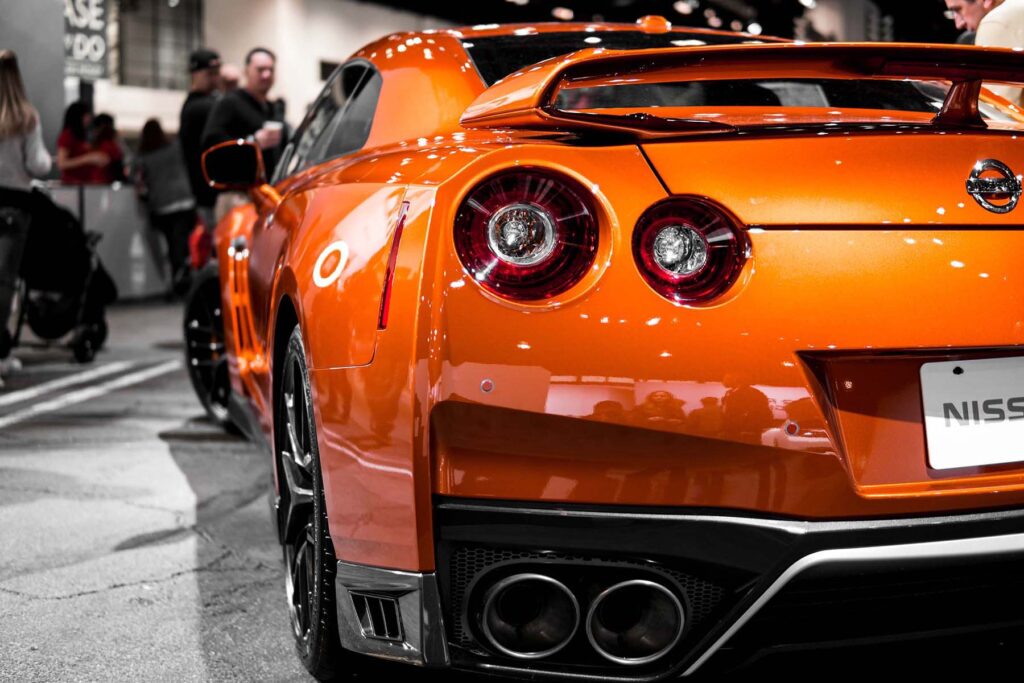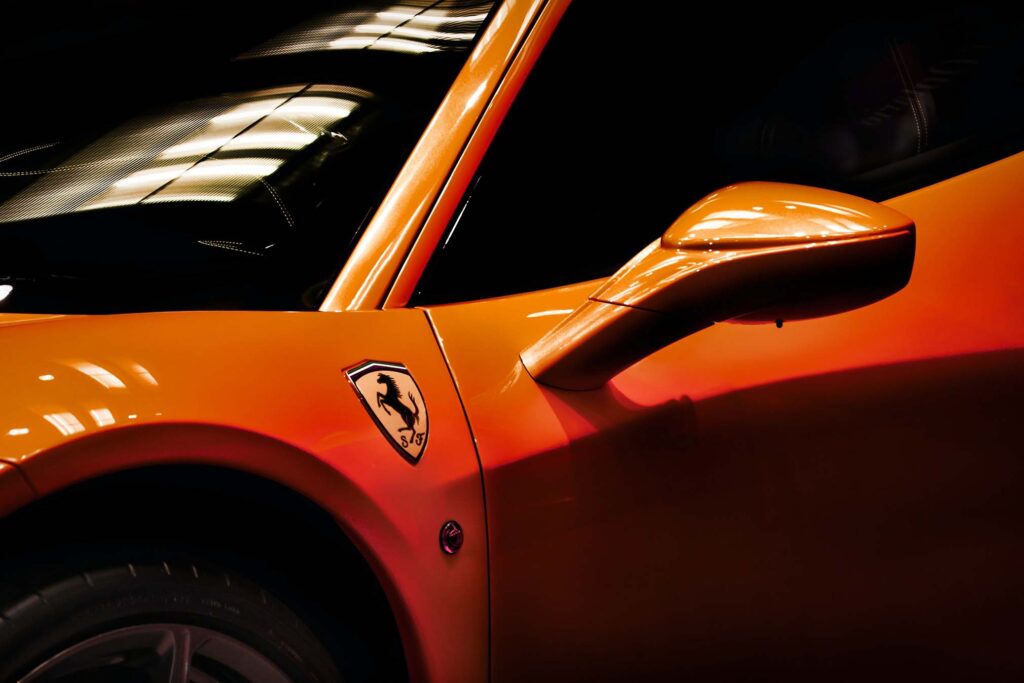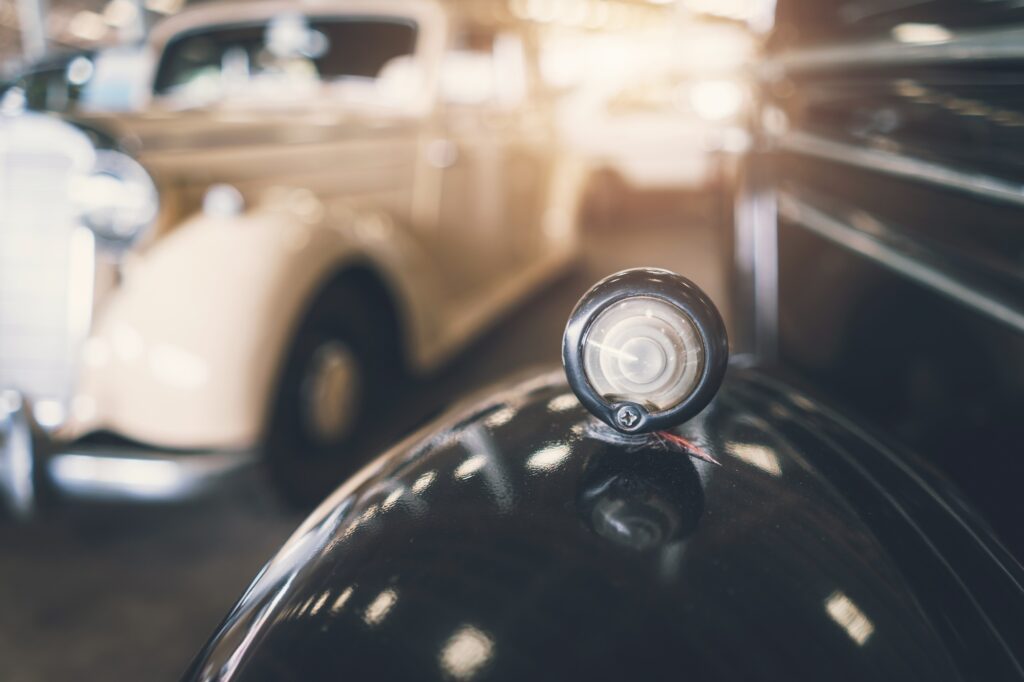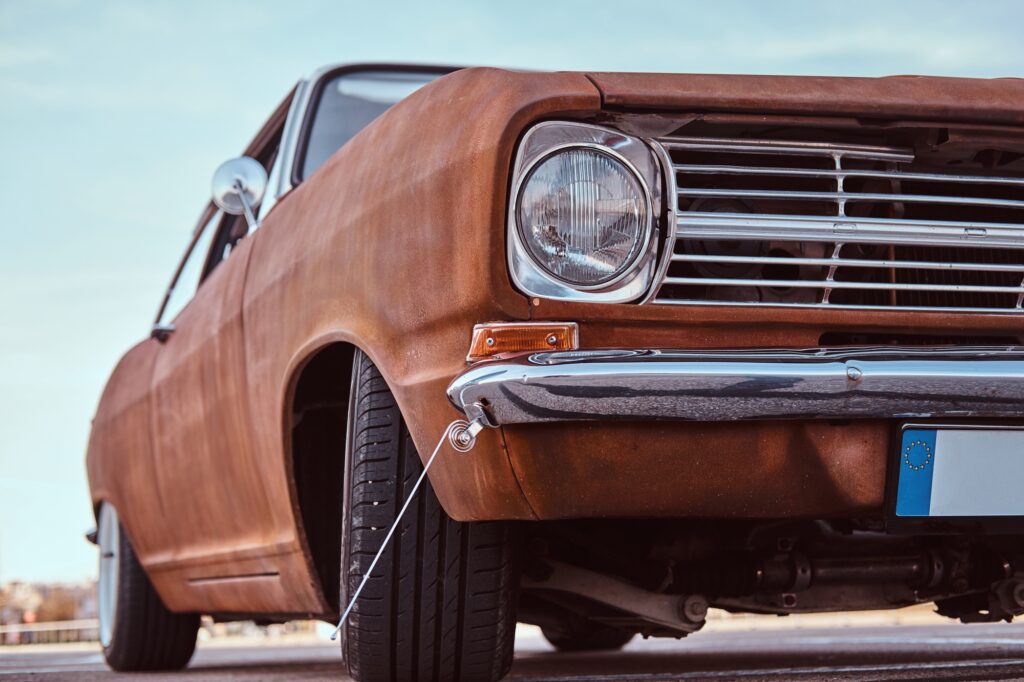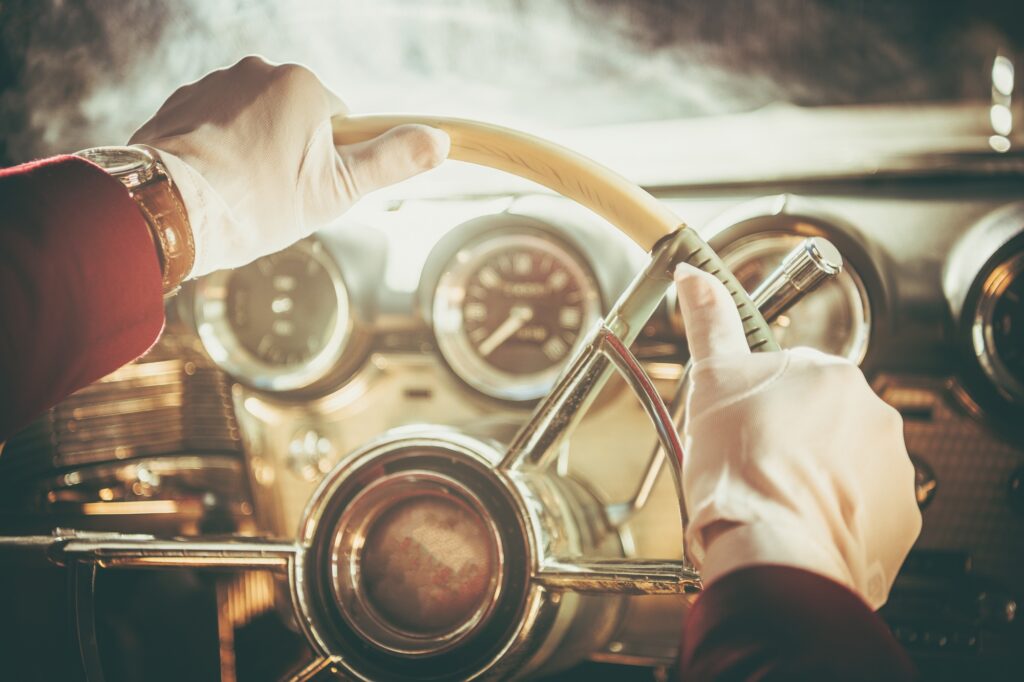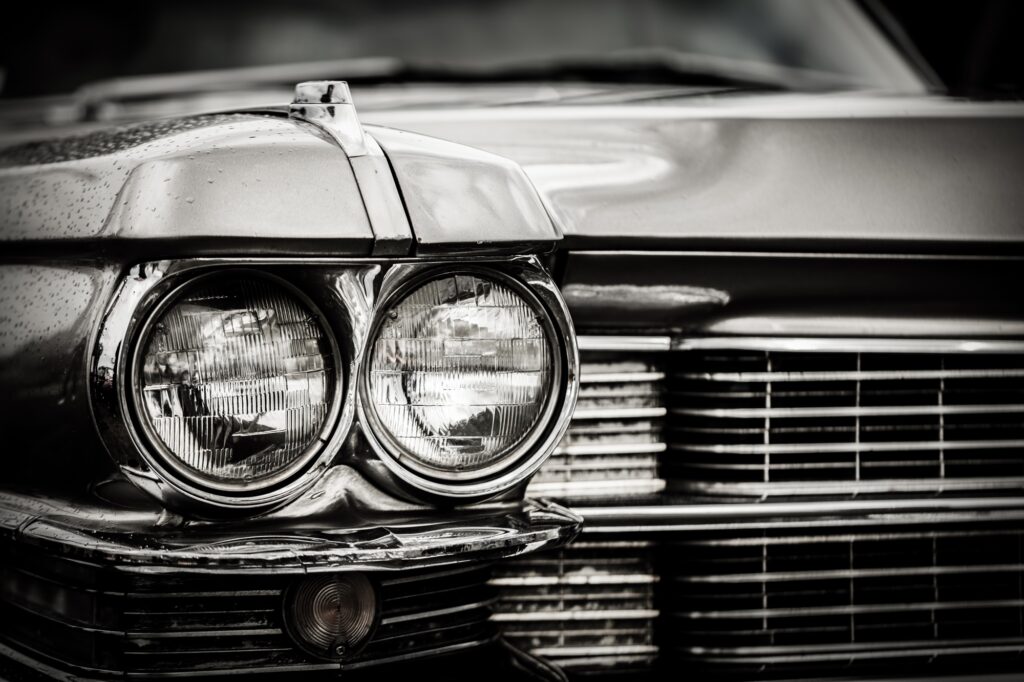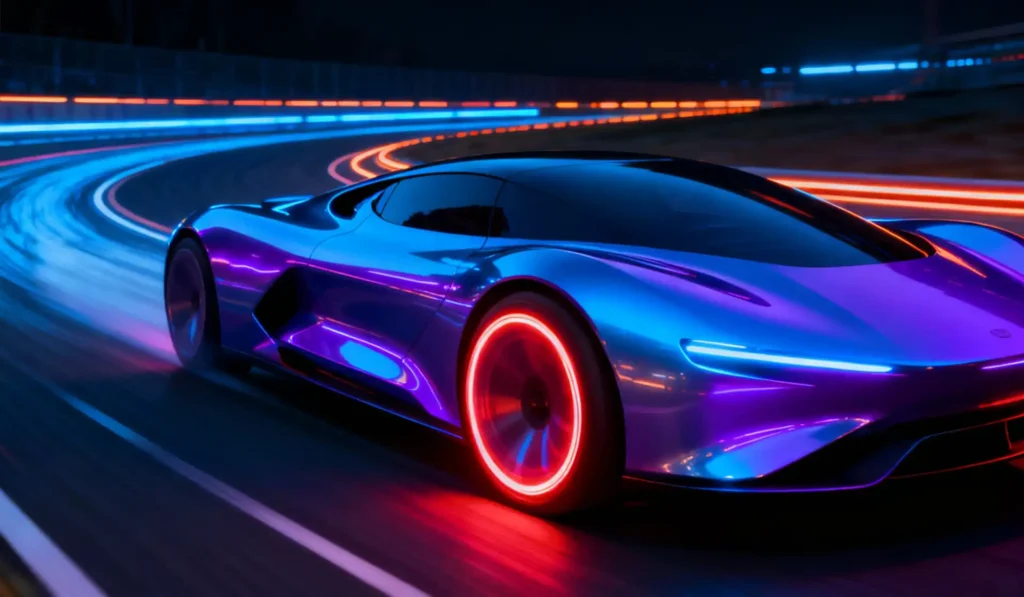Artificial intelligence (AI) is changing how we imagine, sketch, and render cars. In studios and spare bedrooms alike, artists and designers now pair classic craft—composition, proportion, light—with generative tools that can visualize concepts in minutes. For automotive art, this doesn’t just speed up the workflow; it expands what’s possible. From rapid ideation and style transfer to AI-aided simulation and “mass variation,” the creative toolbelt is getting bigger and smarter.
If you’re a car-loving artist, a design student, or a collector commissioning custom pieces, this guide breaks down what AI can (and can’t) do today, how to fold it into a respectful, human-led process, and what trends to watch as the tech matures.
What We Mean by “AI Automotive Art”
AI automotive art refers to using machine-learning and generative models to create or assist car-centered images: conceptual exteriors and interiors, stylized portraits of owner cars, wheel or aero variations, material studies, and more. Practically, that can look like:
- Rapid concept visualization: turning text prompts or napkin sketches into presentable concept renders.
- Style exploration: applying painterly or cinematic looks to photos/CAD outputs to test mood and direction.
- Generative design assistance: producing constrained variations (e.g., weight/strength targets for wheels or brackets) for artists to visualize and refine.
- Batch variation: quickly iterating colors, trims, decals, and lighting setups for presentation boards.
- Hybrid workflows: human-directed prompts → AI draft → artist cleanup, paint-over, and final finishing.
Why It’s Trending Now
Across the auto industry, AI is increasingly used to accelerate design and engineering workflows. Major vendors discuss using AI for ideation, visualization, and engineering support, while design leaders publicly reflect on its role in creativity and process. NVIDIA highlights generative AI across vehicle design and development; Autodesk features conversations with designers about AI’s promise and limits; and conference sessions show live demos of AI-assisted sketching and iteration. These signals suggest AI isn’t a novelty—it’s becoming an everyday catalyst in how vehicles are imagined and communicated.
Where AI Fits in a Car-Art Workflow
1) Concept Ideation & Mood Boards
Early exploration benefits most from AI’s speed. Artists prompt around proportion, stance, and theme (“1970s fastback, modern aero surfacing, motorsport stance”), then refine: change wheelbase, alter fender volumes, test different lighting, and lock a direction for traditional paint-over.
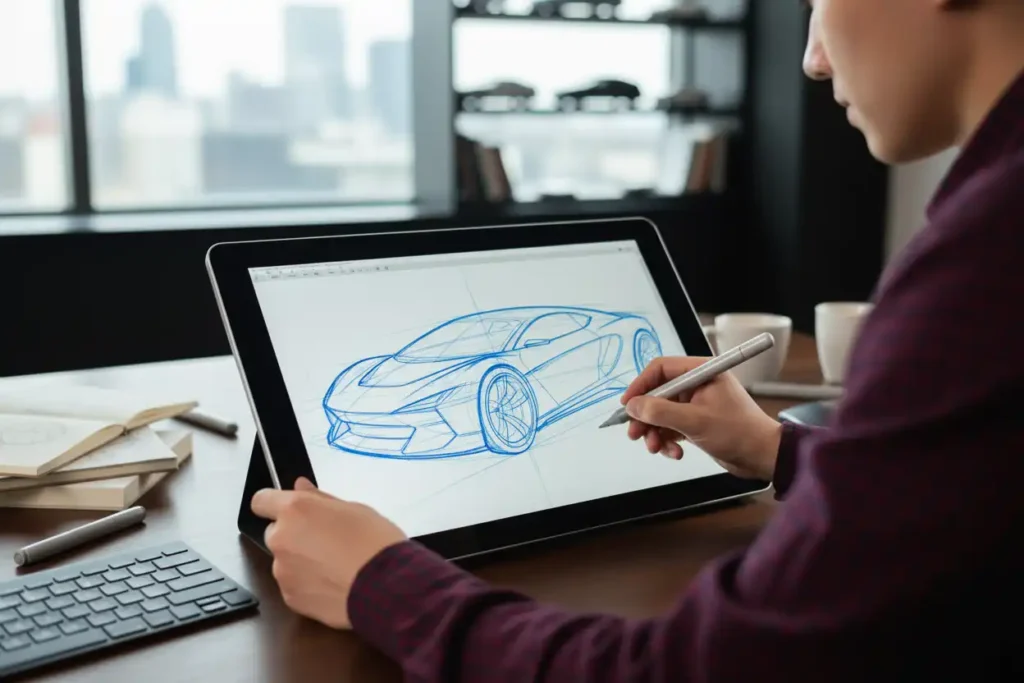
2) Style Transfer & Presentation Looks
Once a base concept exists—photo, CAD clay, or a rough render—AI can apply stylistic treatments (e.g., watercolor, noir, neon retro-future) for mood studies. These are excellent for client conversations and social media storytelling, but they usually need human correction for perspective, reflections, and surface logic.
3) Generative Variation Under Constraints
For elements like wheels and vents, artists can ask AI to propose dozens of options under high-level constraints (“lightweight, motorsport-inspired, 5-spoke families”). While engineering validation happens elsewhere, AI’s breadth helps artists find a look worth detailing by hand.
4) Paint-Over & Finishing
The human step is non-negotiable. Paint-overs repair panel gaps, fix lens distortions, clarify highlights, and add storytelling details (stickers from a rally, brake dust, period-correct trim). This is where personal style and taste elevate an image from “interesting output” to “memorable artwork.”
Benefits—and Real Limits
Benefits
- Speed: Iterate multiple directions in the time a single sketch once required.
- Creative breadth: AI suggests unconventional forms and palettes you might not reach alone.
- Cost-effective exploration: Generate alternatives before committing hours to finish.
- Storytelling aids: Mood boards and variants help clients visualize and choose.
Limits & Risks
- Surface logic & physics: AI can fake reflections, panel breaks, or glass behavior. Human correction is essential.
- Originality & ownership: Rights depend on tool terms and jurisdiction; be transparent with clients about AI use.
- Homogenization: Over-reliance can flatten style. Use AI as a springboard, not a finish line.
- Ethics & community standards: Some shows and marketplaces restrict or ban AI-assisted work; always check rules.
A Practical Adoption Plan for Artists & Studios
- Experiment intentionally: Test a small project end-to-end with AI for ideation only; document time saved and pitfalls.
- Codify a hybrid workflow: Define where AI stops (draft) and human work begins (structure, paint-over, final color).
- Version everything: Keep the prompt history and intermediate images; clients and followers love process.
- Clarify rights up front: Put AI disclosure and license language in your commission agreements.
- Cross-train: Pair traditional sketch practice with prompt craft and lighting studies; each improves the other.
- Sanity-check realism: Run a quick “believability pass” for glazing lines, wheel fitment, brake sizes, and reflections.
Case Examples You Can Try
Owner Portrait → “Hero” Print
Start with client photos from multiple angles. Use AI to quickly test backdrops (desert dusk, pit lane, retro main street). Pick one, correct perspective, then hand-paint trim, badging, and reflections. Add a discreet plate with the owner’s name and build details. Result: a highly personal piece that looks like it took weeks, not days.
Classic Revival Concept
Reimagine a beloved chassis (e.g., a ‘60s fastback) with modern surface language. Prompt a few proportional variations, paint-over the most promising, and create a three-panel presentation: side profile, 3/4 front, and interior material swatch. Perfect for blog content or gallery prints.
Motorsport Livery Exploration
Feed base renders and rapidly generate color/livery families—heritage, sponsor-heavy, stealth, and “museum clean.” Use AI only for layout ideas; finalize vector linework and typography by hand for print-ready results.
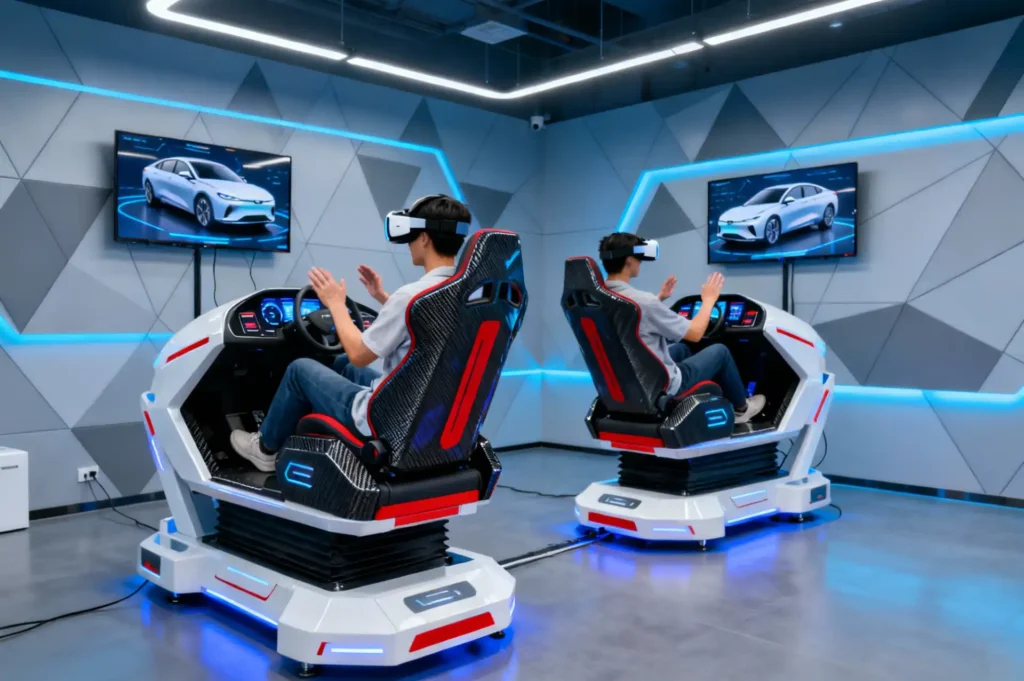
What’s Next: Trends to Watch
- Designer-in-the-loop systems: Tools that accept sketch strokes and constraints, then co-generate forms you can steer live (demoed at industry events).
- Cloud-to-car AI platforms: Enterprise stacks that connect design studios, simulation, and visualization—shrinking iteration cycles.
- AR showrooms & live skins: Buyers test colors, materials, and lighting via AR; artists create dynamic “skins” and ambient lighting recipes.
- Policy & disclosure norms: Expect clearer guidelines from events and marketplaces regarding AI assistance and labeling.
Respecting Craft While Embracing Tools
AI doesn’t replace taste, restraint, or a designer’s hard-won sense of proportion—it just lowers the friction to explore. The best automotive art in the AI era will look unmistakably human: confident lines, believable light, and a story only a person could tell. Treat AI as a fast-moving sketch buddy, not a ghost artist, and your work will feel more personal, not less.
References
- Autodesk Design Studio — AI in automotive design: A conversation with designer Ehab Kaoud (Sep 13, 2023): https://blogs.autodesk.com/design-studio/2023/09/13/ai-in-automotive-design-a-conversation-with-designer-ehab-kaoud/
- NVIDIA Blog — Generative AI Revs Up New Age in Auto Industry (Aug 9, 2023): https://blogs.nvidia.com/blog/generative-ai-auto-industry/
- NVIDIA (GTC 2024) — Automotive Design Fueled by Generative AI session (Mar 19, 2024): https://www.nvidia.com/en-us/on-demand/session/gtc24-s62914/
- NVIDIA Blog — Driving Impact: NVIDIA Expands Automotive Ecosystem to Bring Physical AI to the Streets (Mar 18, 2025): https://blogs.nvidia.com/blog/auto-ecosystem-physical-ai/
- NVIDIA Blog — ‘Safety First, Always,’ NVIDIA VP of Automotive Says, Unveiling the Future of AI-Defined Vehicles at IAA Mobility (Sep 9, 2025): https://blogs.nvidia.com/blog/iaa-mobility-ai-defined-vehicles/
Note: The external sources above discuss AI’s role in automotive design, platforms, and industry direction. Where community or event rules about AI-assisted art are mentioned, always verify the latest policy for your specific venue before submitting work.

